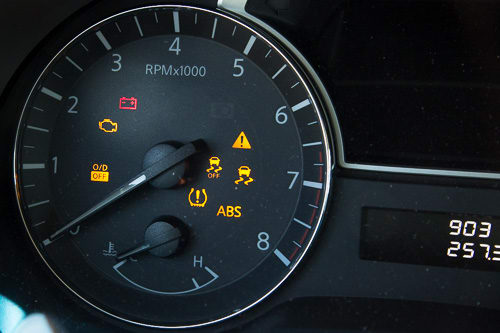By Rick Popely, Cars.com
Aside from a dead battery or faulty charging system, the most common auto electric issues owners are likely to experience are burned-out light bulbs.
After bulbs, though, it’s likely potluck: Electrical problems could crop up in many places, from the stereo to an electric motor for a power window or sunroof to an electric fuel pump packing it in. In addition, the cause might be bad wiring, a short, there may be a faulty switch or some other gremlin that’s hard to pinpoint.
Bulbs, though, are probably No. 1 on the replacement list because they’re used so much and because there are so many of them. Most cars, for example, have at least three bulbs and usually more on each side for brakes, taillights, backup lights, turn signals and side marker lights. In front, there are headlights, maybe separate high beams, frequently daytime running lights and fog lights, turn signals, “parking” lights and side markers.
Chances are that over time at least a couple of those will burn out or stop working because of corrosion or excessive jostling from rough roads.
With other electrically powered features, the cause (and the fix) may not be so simple. Because of that, if any electric accessory stops working it’s a good idea to first check whether a fuse that protects the circuit it’s on has blown. The owners manual should show where a fuse for a particular feature is located (usually in a side panel below the dashboard near the driver’s seat or under the hood).
If you’re handy with a multimeter that measures voltage, resistance and other things, you may be able to diagnose some of your own electrical problems. However, because they can be difficult for professionals to find and fix, they might be even harder for amateur technicians to solve.









